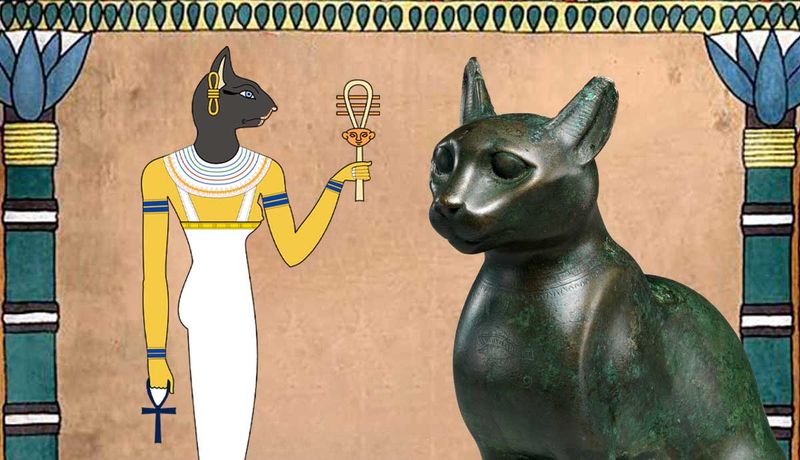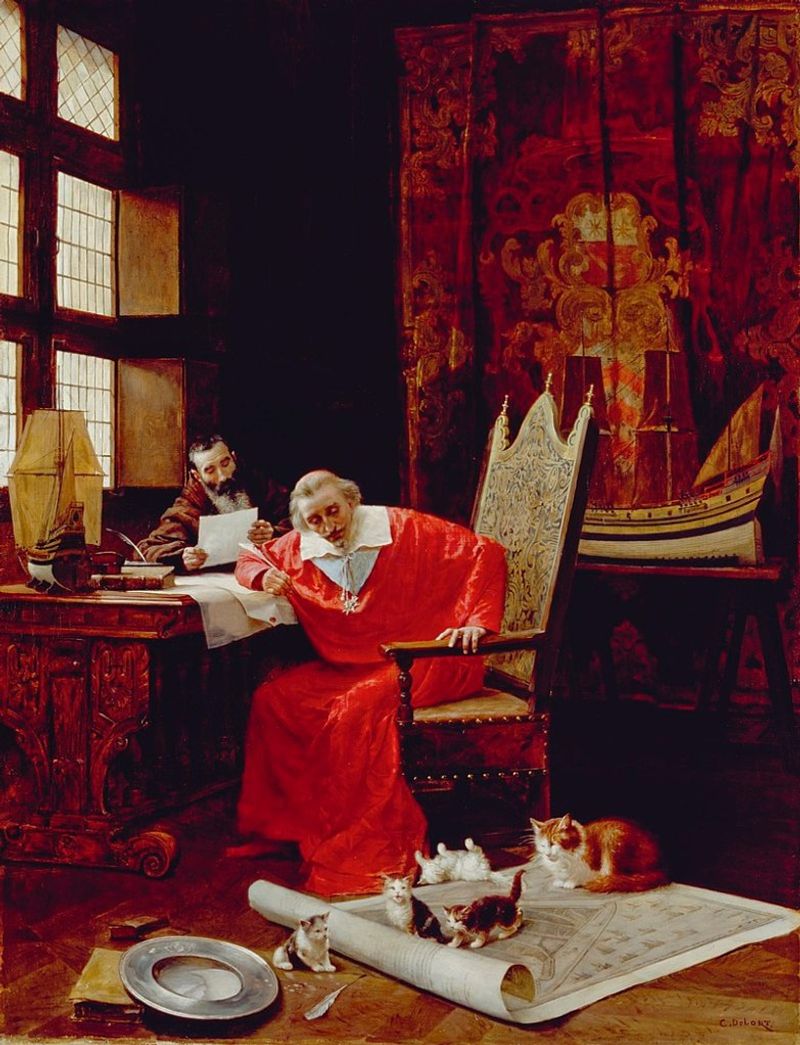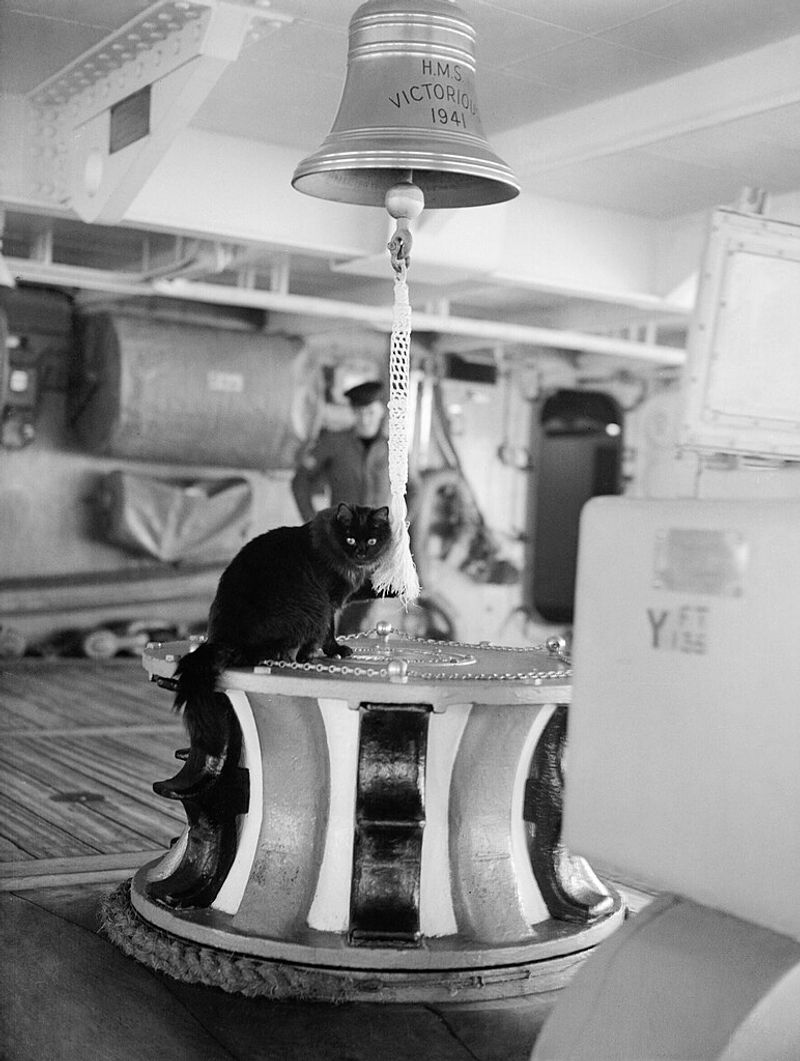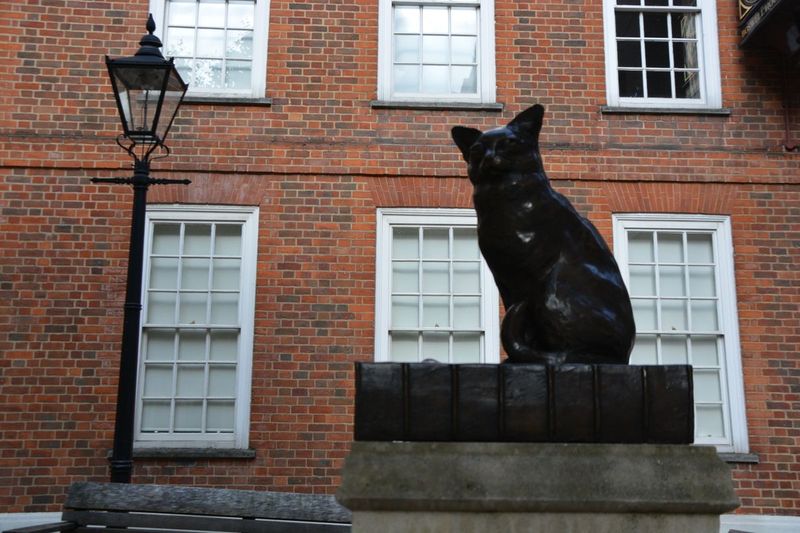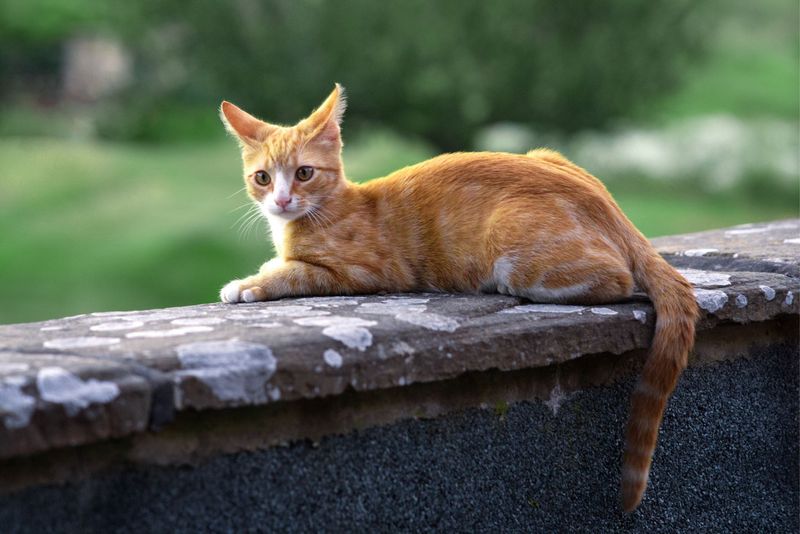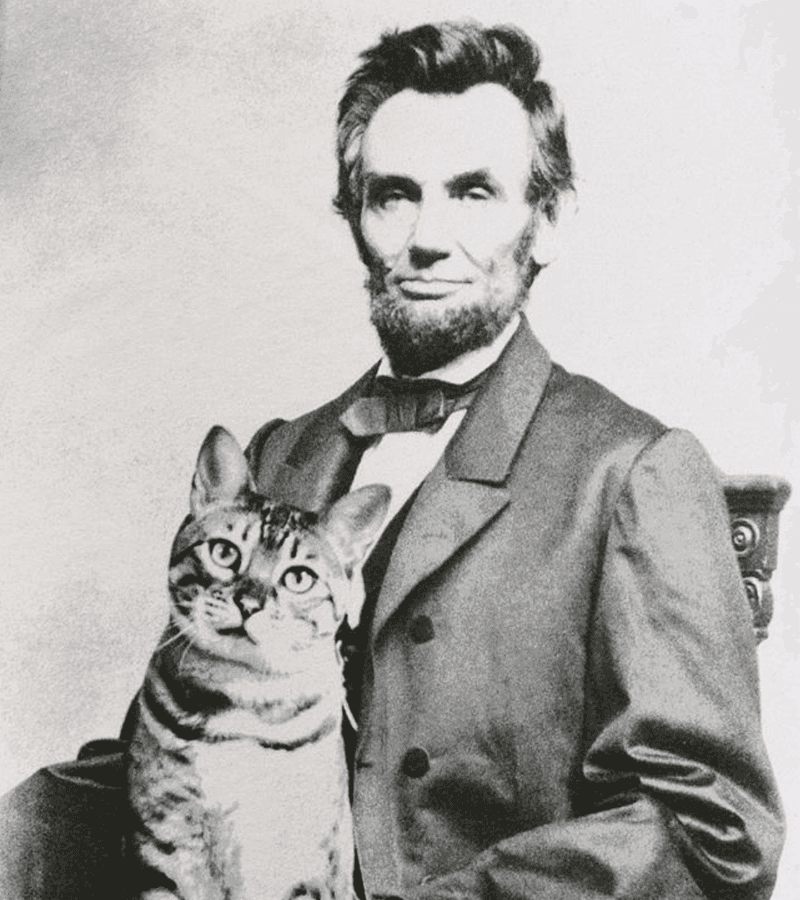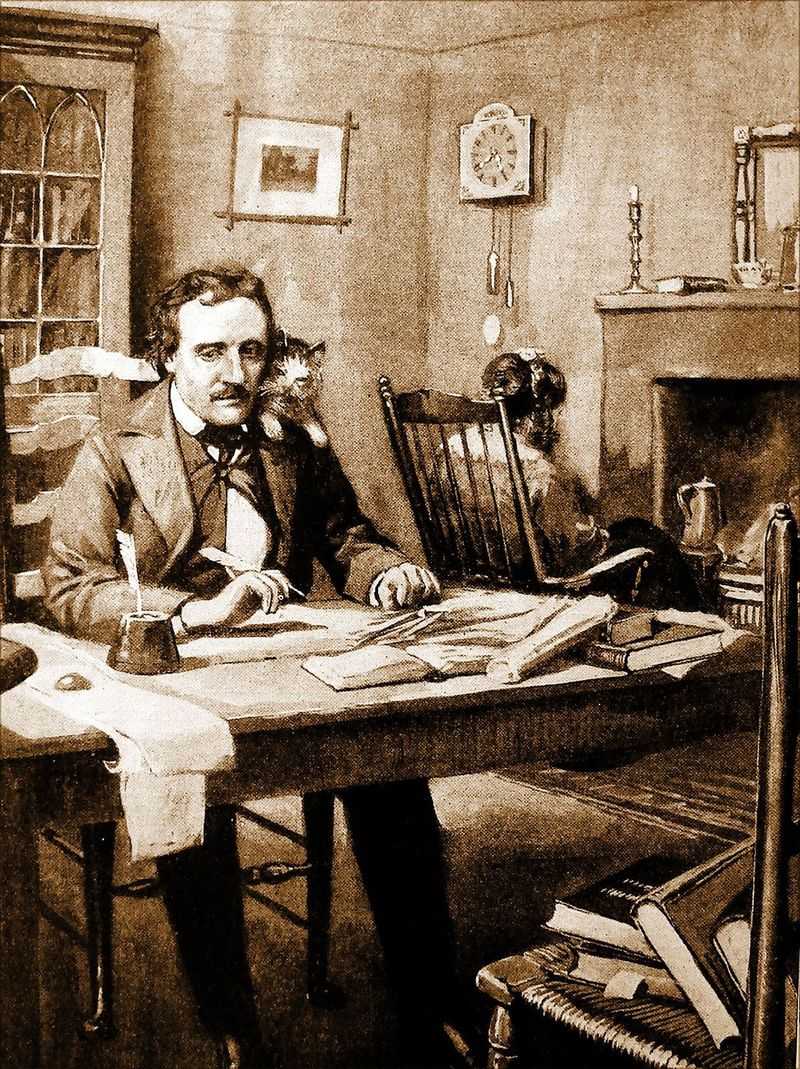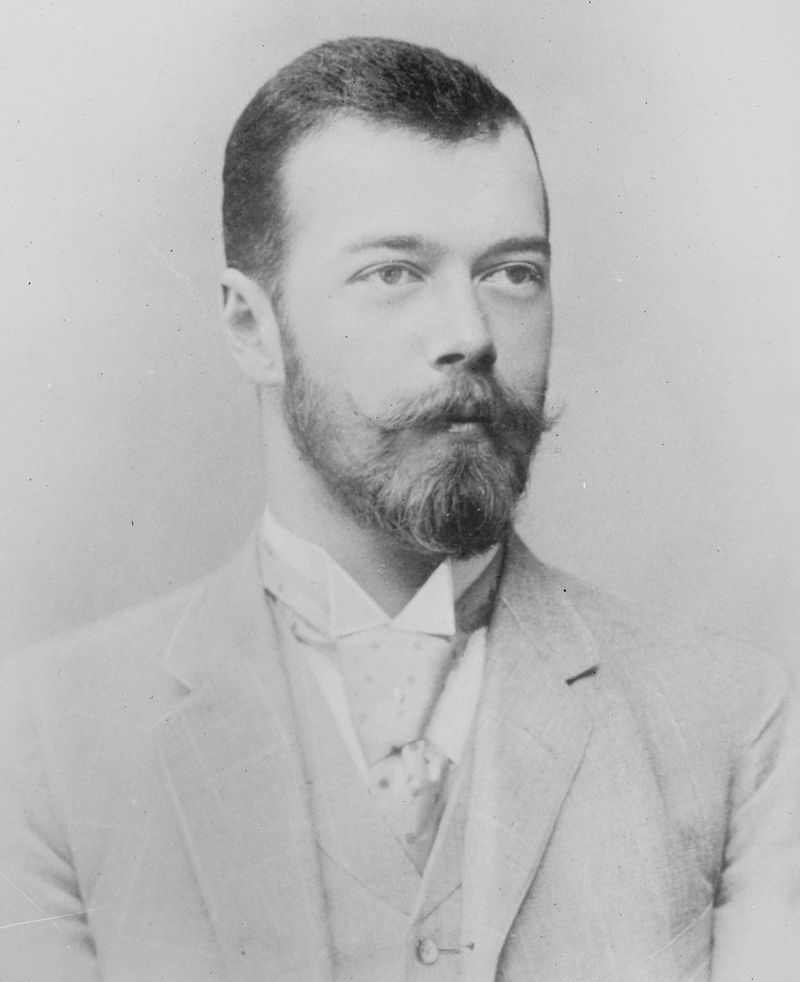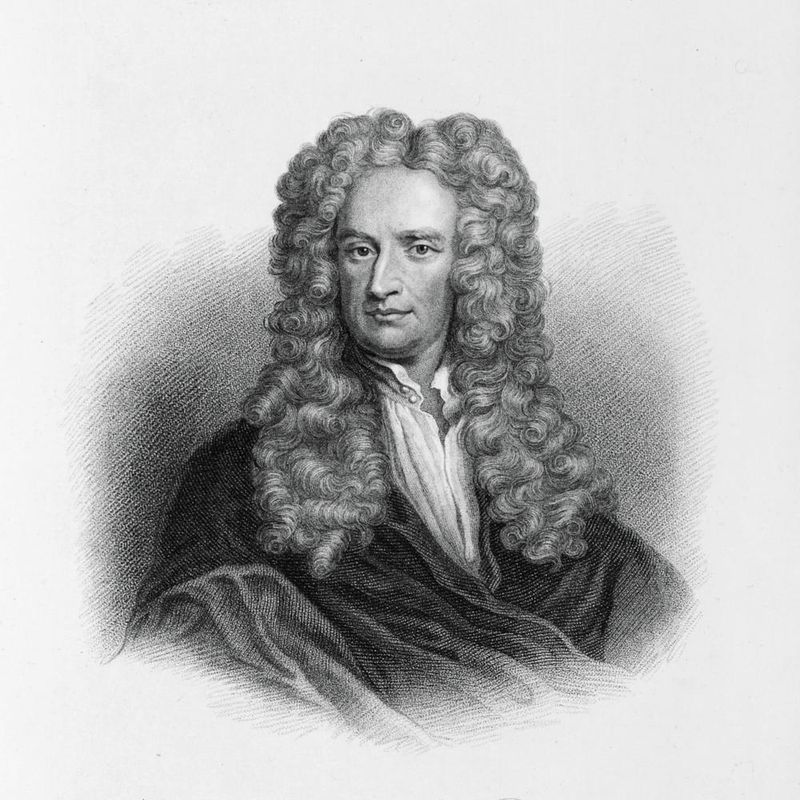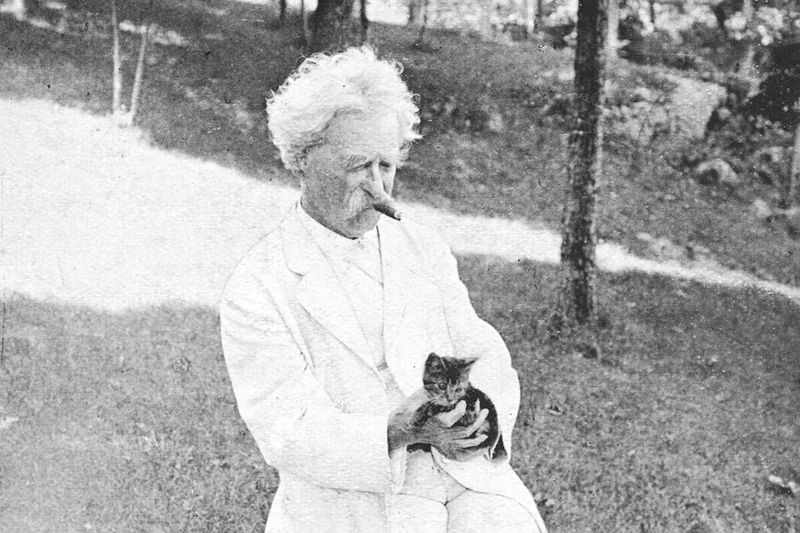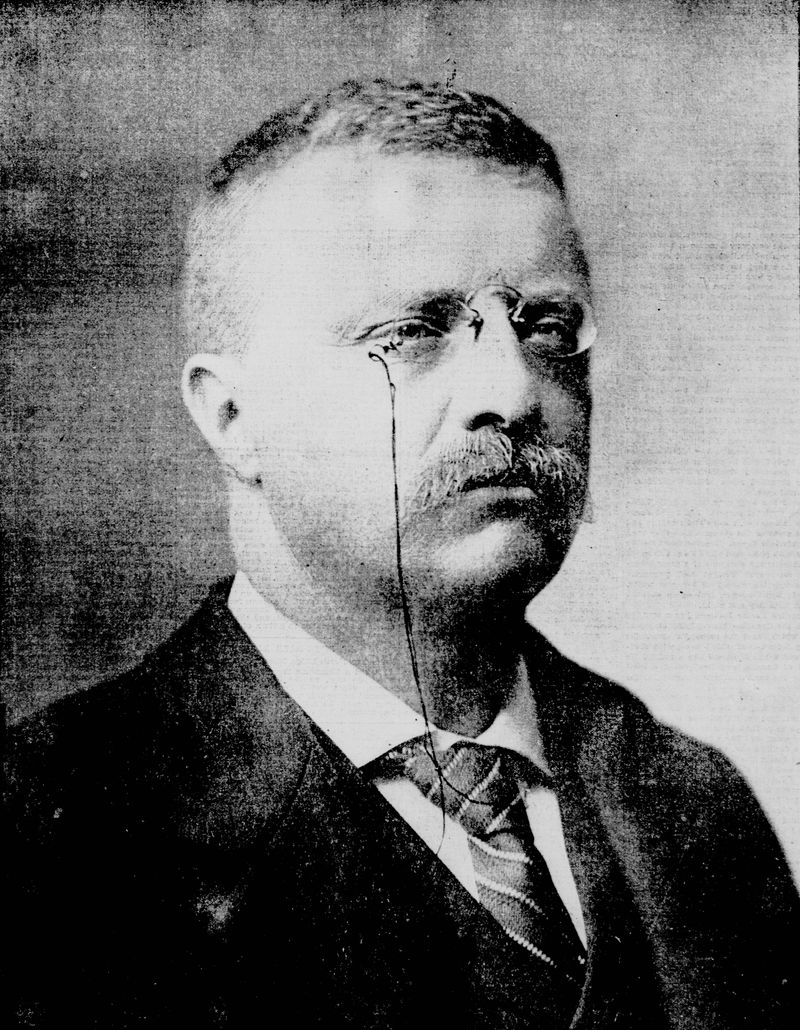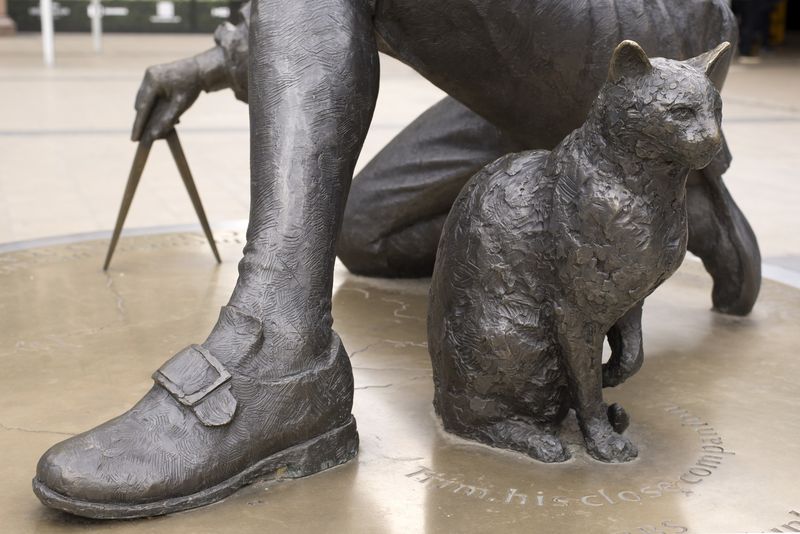📖 Table of Content:
- 1. Bastet’s Sacred Cats – Ancient Egypt
- 2. Cardinal Richelieu’s Cats
- 3. Nelson’s Cat – Tiddles
- 4. Samuel Johnson’s Cat – Hodge
- 5. Sir Winston Churchill’s Cat
- 6. Abraham Lincoln’s Cats – Tabby & Dixie
- 7. Ernest Hemingway’s Polydactyl Cats
- 8. Marie Antoinette’s Turkish Angoras
- 9. Edgar Allan Poe’s Cat – Catterina
- 10. Tsar Nicholas II’s Cat – Kotka
- 11. Isaac Newton’s Cat – Spithead
- 12. Mark Twain’s Cats – Beelzebub & Satan
- 13. Florence Nightingale’s 60 Cats
- 14. Theodore Roosevelt’s Cat – Slippers
- 15. Trim – Matthew Flinders
Throughout history, cats have been more than just beloved pets—they have stood beside some of the most influential figures the world has ever known. Whether worshiped in ancient temples or curled up next to great thinkers, these feline companions have made their mark on history. Their presence has been woven into myths, literature, and even the halls of power.
From the sacred cats of ancient Egypt to the cherished pets of poets, rulers, and scientists, these animals have played intriguing roles in human history. Some were symbols of divine protection, while others provided comfort and inspiration to their famous owners. Their stories reveal the deep connection between humans and cats, spanning centuries and cultures.
These extraordinary felines witnessed revolutions, sailed the seas, and even attended royal courts. Their legacies, like the figures they accompanied, continue to captivate and inspire cat lovers today.
1. Bastet’s Sacred Cats – Ancient Egypt
In ancient Egypt, cats were revered as divine creatures, often associated with the goddess Bastet. These sacred cats roamed temple grounds, protected granaries, and were depicted in numerous artworks. Seen as symbols of protection, fertility, and motherhood, they held a prominent place in religious ceremonies. The ancient Egyptians’ devotion led to the domestication of cats, encouraging their proliferation. Many cats were even mummified and placed in tombs. This reverence ensured cats remained integral to Egyptian culture and influenced neighboring civilizations. Cats became indispensable for pest control, particularly in grain storage. Their presence in Egyptian society was both practical and spiritual.
2. Cardinal Richelieu’s Cats
Cardinal Richelieu, a pivotal figure in 17th-century France, was not only known for his political prowess but also for his love of cats. Richelieu maintained a household of numerous felines, whom he adored and pampered. He ensured their well-being, allocating funds for their care in his will. His affection for cats was evident, as he often spent time in their company, finding solace amidst political turmoil. These cats were not merely pets but companions offering comfort. Richelieu’s love for his feline friends humanized this otherwise formidable statesman, revealing a softer side to his complex character.
3. Nelson’s Cat – Tiddles
Admiral Horatio Nelson, the esteemed British naval hero, had a feline companion named Tiddles. Stationed aboard HMS Victory, Tiddles was more than just a pet; he was a morale booster for the crew. Known for his adventurous spirit, Tiddles often explored the ship, endearing himself to sailors. Cats aboard ships served practical purposes, such as controlling vermin. Tiddles’ presence was a reminder of home and normalcy amid long voyages. His companionship provided comfort to Nelson and his men, especially during the hardships of naval life. Tiddles was a cherished member of the ship’s family.
4. Samuel Johnson’s Cat – Hodge
Hodge, the beloved cat of lexicographer Samuel Johnson, was celebrated in 18th-century London. Johnson, known for his dictionary, regarded Hodge with fondness, often buying oysters as a treat for him. Johnson’s affection for Hodge was notable, as he took personal responsibility for his care, even during times of financial strain. Hodge’s presence provided companionship and comfort to Johnson, who often worked long hours. The cat’s antics amused Johnson, offering brief respites from scholarly endeavors. Today, Hodge’s legacy endures with statues commemorating his place in literary history, a testament to the bond between Johnson and his cherished feline.
5. Sir Winston Churchill’s Cat
Sir Winston Churchill, Britain’s indomitable Prime Minister, was known for his love of animals, especially cats. At his Chartwell estate, Churchill often enjoyed the company of a tabby named Jock. Jock was a steadfast companion during World War II, accompanying Churchill in meetings and offering comfort. The cat’s presence symbolized resilience and companionship amid adversity. Churchill’s fondness for Jock was renowned, as he insisted the cat be present during meals. To this day, Chartwell maintains a resident cat named Jock, honoring this bond. Churchill’s relationship with his cats exemplified his softer, more personal side, balancing his formidable public persona.
6. Abraham Lincoln’s Cats – Tabby & Dixie
The revered American President, had a well-documented fondness for cats. During his time in the White House, he cared for two felines named Tabby and Dixie. Lincoln’s affection for these cats was evident, as he often spent time playing with them, finding solace amid the pressures of the Civil War. The cats roamed freely, providing companionship and comfort to the President and his family. Lincoln’s love for animals was reflected in his compassionate policies, promoting animal welfare. Tabby and Dixie’s presence in the White House highlighted the importance of pets in offering emotional support during challenging times.
7. Ernest Hemingway’s Polydactyl Cats
The iconic writer was famously associated with polydactyl cats during his time in Key West. These cats, known for their extra toes, roamed freely around Hemingway’s estate. Hemingway’s fondness for these unique felines was well-documented, as he often cited their presence as a source of inspiration and comfort. Today, Hemingway’s home is a museum, where descendants of his original cats still thrive. The cats’ distinctive trait, a genetic mutation, adds to their charm and allure. Hemingway’s legacy includes his literary contributions and a thriving colony of polydactyl cats, a testament to his love for these unusual companions.
8. Marie Antoinette’s Turkish Angoras
Marie Antoinette, the ill-fated Queen of France, was said to have a fondness for Turkish Angoras. These elegant cats, known for their long, silky fur, accompanied her in the opulent surroundings of Versailles. The Queen’s love for these cats symbolized her desire for beauty and refinement amidst the court’s political intrigues. Legend has it that before her attempted escape, she sent her beloved Angoras to America, ensuring their safety. The cats’ journey to the New World contributed to the breed’s introduction there. Marie Antoinette’s association with Turkish Angoras reflects her pursuit of elegance and gentility in turbulent times.
9. Edgar Allan Poe’s Cat – Catterina
Catterina, Edgar Allan Poe’s feline companion, shared her life with the master of macabre in 19th-century Baltimore. Poe’s affection for Catterina was evident, as she often provided comfort and companionship during his tumultuous life. The presence of a black cat in Poe’s life seems fitting, given his penchant for gothic themes. Catterina’s enigmatic charm may have influenced Poe’s work, offering inspiration for his dark tales. Her companionship provided solace to Poe, whose life was marked by hardship and struggle. Catterina remains a mysterious figure in literary history, much like the stories her owner penned, embodying the gothic allure.
10. Tsar Nicholas II’s Cat – Kotka
Kotka, the cherished friend of Tsar Nicholas II, lived among the splendor of the Russian imperial court. The cat’s presence is a reminder of the softer side of the Tsar, whose reign was fraught with turmoil leading to the Russian Revolution. In the opulent settings, Kotka offered companionship and comfort to the royal family. The cat’s regal demeanor matched the grandeur of the Russian court, embodying elegance and poise. Kotka’s life in the palace provides insight into the personal lives of the Romanovs, reflecting the importance of pets in offering solace amidst political and social upheaval.
11. Isaac Newton’s Cat – Spithead
Known for his curiosity, Spithead often accompanied Newton during his investigations. The cat’s antics, such as nudging objects, amused Newton and provided brief distractions from his work. Despite his groundbreaking discoveries, Newton retained a fondness for simple pleasures, including the company of his feline friend. Spithead’s presence highlighted the balance between genius and humanity, offering companionship to the solitary Newton. The scientist’s relationship with Spithead reveals the personal side of a man whose contributions to science have shaped our understanding of the universe.
12. Mark Twain’s Cats – Beelzebub & Satan
Mark Twain, the celebrated American author, had a notable affection for cats, particularly his mischievous companions Beelzebub and Satan. Known for their playful antics, these cats often provided amusement to Twain, who appreciated their independent spirits. Twain’s love for cats was well-documented, with numerous references in his writings and letters. The cats’ presence offered solace and inspiration, reflecting Twain’s appreciation for humor and wit. Beelzebub and Satan’s antics added a lively element to Twain’s household, embodying the author’s adventurous spirit. Twain’s bond with his cats highlights the joy and comfort pets bring to creative minds.
13. Florence Nightingale’s 60 Cats
The founder of modern nursing was also a devoted cat lover, caring for 60 cats during her lifetime. Her compassion extended to her feline companions, reflecting her dedication to care and nurturing. Nightingale’s love for cats provided solace during her tireless work in reforming health care. Her cats offered comfort and companionship, embodying the nurturing qualities she championed in her nursing career. The presence of these cats in her life illustrates her holistic approach to care, valuing the well-being of all living creatures. Nightingale’s devotion to her cats paralleled her commitment to nursing and humanity.
14. Theodore Roosevelt’s Cat – Slippers
Slippers, the beloved cat of President Theodore Roosevelt, was a familiar sight in the White House during the early 1900s. Known for wandering the halls, Slippers often attended official functions, adding a touch of charm to the presidential residence. Roosevelt’s affection for Slippers reflected his love for nature and animals, which was a defining aspect of his personality. The cat’s presence offered a sense of home and normalcy amidst the demands of presidential life. Slippers’ antics were well-documented, endearing him to the Roosevelt family and visitors alike. His legacy continues as a testament to the bond between pets and leaders.
15. Trim – Matthew Flinders
Trim was a beloved companion of Captain Matthew Flinders, the British navigator who led the first circumnavigation of Australia. Known for his intelligence and agility, Trim was a sailor’s delight, often seen exploring the ship with curiosity. Trim’s life at sea was marked by numerous adventures, and his loyalty to Flinders made him a cherished crew member. His story is celebrated in maritime history, symbolizing the spirit of exploration and the unique bond between humans and their pet companions. A statue of Trim now stands next to Flinders’ own in Sydney, commemorating their extraordinary journey together.
